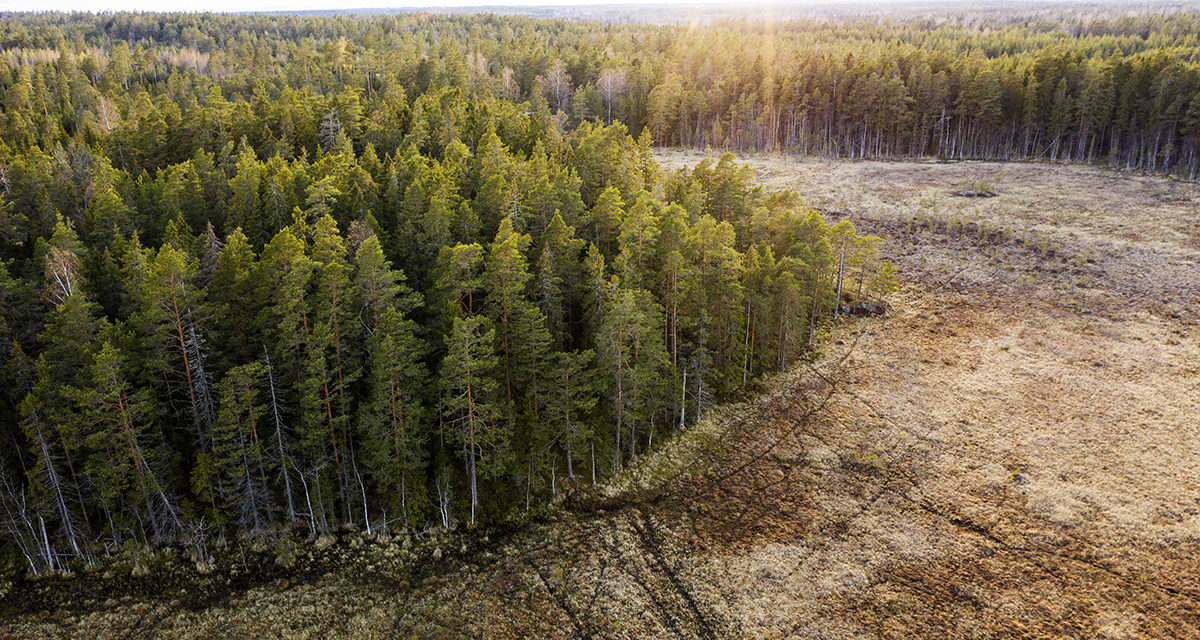With a recent change of course, the family foundation is now on the lookout for best partners
Press release 21/9/2021
The Tiina and Antti Herlin Foundation is setting its sights on rapid, scalable and far-reaching emission cuts with its new Environmental Programme, published today. Rooted in large-scale interviews, the Foundation’s 2020–2025 Strategy is the basis of the programme. In line with this strategy, the Foundation also seeks to actively engage in public debate.
Having decided to abandon the operating model of awarding grants through open application cycles, the Foundation is actively seeking the Finnish and international partners and solutions best suited to help promote change towards a sustainable, carbon-negative future.
Co-founder and Chair of the Tiina and Antti Herlin Foundation Antti Herlin explains: “The climate crisis is a real and acute threat, but one that can be more easily tackled than the Covid-19 crisis, as surely sufficient information is available. What we need now are determined decisions and actions in all sectors as well as the courage to look further into the future.”
Anna Herlin, Head of Development at the TAH Foundation, adds: “Foundations have an important role in funding the common good in Finland and are increasingly active as influencers in society. The flexible and agile operating model of foundations allows us to be both independent and catalytic. Having clarified the TAH Foundation’s vision, we now find we have an inspiring opportunity to provide wings to climate actors known for their efficiency. We wish to establish a reputation as a force that brings parties together and is recognized for its expertise and encouragement.”
The new Environmental Programme fulfils the Foundation’s strategy in the spirit of systemic change. After initial assessments based on expert interviews, the programme includes five sector-specific focal areas:
Zero-carbon steel
The foundation aims to accelerate the preconditions for commercializing low-emissions steel production in Northern Europe, as well as accelerate emissions cuts in the sector internationally.
Clean heating
Solutions are being sought through non-fuel energy sources, reducing the need for heating as well as supporting projects and campaigns that contribute to the transition, especially in Eastern and Central Europe and North Asian countries.
Forest and marine ecosystems
Conservation of forest and marine ecosystems in a manner that enables them to exploit their own carbon sequestration properties and preserve natural values, as well as engaging in the development of international mechanisms for conservation resourcing.
Food production and consumption
Food production and consumption offer opportunities for fast-tracking major emission cuts. The Foundation seeks to extensively promote environmentally friendly alternatives. The internationalization of existing and new projects is a specific goal.
Direct air capture
Direct air capture could have significant potential in preventing further climate change once cuts in global emissions have been achieved, but development of the method is time-consuming. The scale of these methods is currently extremely small while expenses are very high. The Foundation also seeks to critically review the role of methods in ecological restoration.
The goal is for the projects funded to contribute to solutions found for each climate crisis focus area, with the additional intention that the projects support each other within the wider ecosystem of actors and projects promoting the global green transition.
Harri Lammi, Head of Environmental Programmes, sums up: “The goal of the Environmental Programme is to achieve a framework for systematic change in Finland and internationally. The foundation therefore seeks to support projects that will contribute to solution-oriented debate and suggestions for decision-making, steering and other structural solutions to support emission cuts. The foundation also wishes to help fund the human resources needed for the transition, also at international level. We are actively searching for projects and partners and look forward to being contacted by parties who wish to engage in finding solutions to the bottlenecks of climate change action.”
Key criteria for the selection of focal areas include estimated timeframe for achieving results, extent and systemic impact on industry and society, and impact on natural diversity. The Foundation’s networks and added value obtained from existing projects and actors have been instrumental in the creation of the programme. Projects must also take into account support for constructive climate debate. The same key criteria will be used to guide the selection of cooperation projects.
Learn more about the Environmental Programme and the focal area selection process: https://tahsaatio.fi/ymparistoohjelma/ (in Finnish, English translation under progress)
More information:

